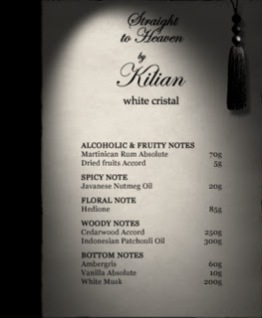During the last couple of weeks I have mainly been wearing two solid perfumes from Aftelier, Muse and Parfum Privé. Wearing perfumes by Mandy Aftel is so different from other perfume experience that I tend to wear them in phases, not mixing with anything else for a few days or weeks.
I am not sure exactly what it is that creates the particular feeling, if it is Mandy’s hands or the carefully selected and treated (few) ingredients or like in these two cases – that they are solid. Probably a mix of these aspects. It creates a perfume experience that is just…different. Genuine. It has very little to do with the feeling of applying for example a commercial fashion brand perfume regardless of how nice it would be.
Solids are quite unusual. This is unfortunate, if you ask me, because to me a solid feels more intimate, more integrated with my skin. The application feels sensual and somehow, the word that comes to mind is diachronic. When applying a solid with my fingertips I feel like I am repeating a ritual that has been performed during thousands of years. There is something ceremonial about solid perfume and it evokes that feeling of a bond between scents and health. Like its an ancient ointment that will save and seduce at the same time. Add to this feeling the particular notes in these perfumes: lime, clary sage, labdanum and rosemary absolute in Muse – and bergamot, pink pepper, orange flower, osmanthus, pimento leaf, ambrette and ambergris in Parfum Privé – and you should be able to imagine the combination of sensual base notes and something that feels like it was made to cure practically anything a long time ago.
Could this be made by anyone other than Mandy Aftel? I don’t think so. After having read Mandy’s book and slowly discovered several of her creations I am starting to see what links them. There is just no other perfume like it. There are many amazing perfumes, but something that has been made by someone so dedicated to their craft, with their hands – becomes unique in the best sense of the word and very real. Dynamic. When I have worn these perfumes I always miss them when they start to fade.
And they make me want to listen to Regina Spektor and learn how to dance like Rachel Brice.















